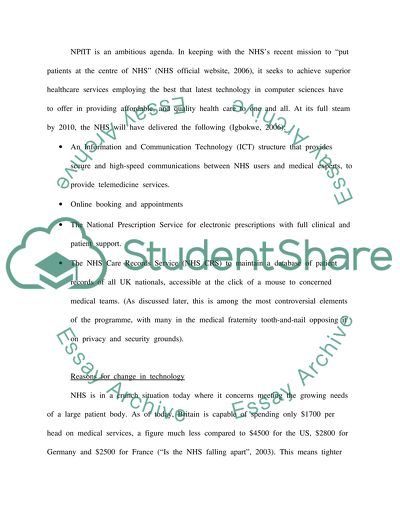Cite this document
(“National Health Service Assignment Example | Topics and Well Written Essays - 3500 words”, n.d.)
National Health Service Assignment Example | Topics and Well Written Essays - 3500 words. Retrieved from https://studentshare.org/health-sciences-medicine/1517619-national-health-service-assignment
National Health Service Assignment Example | Topics and Well Written Essays - 3500 words. Retrieved from https://studentshare.org/health-sciences-medicine/1517619-national-health-service-assignment
(National Health Service Assignment Example | Topics and Well Written Essays - 3500 Words)
National Health Service Assignment Example | Topics and Well Written Essays - 3500 Words. https://studentshare.org/health-sciences-medicine/1517619-national-health-service-assignment.
National Health Service Assignment Example | Topics and Well Written Essays - 3500 Words. https://studentshare.org/health-sciences-medicine/1517619-national-health-service-assignment.
“National Health Service Assignment Example | Topics and Well Written Essays - 3500 Words”, n.d. https://studentshare.org/health-sciences-medicine/1517619-national-health-service-assignment.


